Three passions that drive theoretical physicist Dr. Subhadip Mitra, associate professor at IIIT Hyderabad’s Center for Computational Natural Sciences & Bioinformatics and the Center of Quantum Science and Technology, are music, books, and Particle Physics & Quantum Theory.
What propels Subhadip is roughly one-part music, one part reading, and two parts science with a healthy dollop of curiosity and excitement. As an alum of IIT Kanpur, he was in the pioneering MSc-PhD dual degree batch (2001-08). After his Ph.D. in theoretical physics, he moved around quite a bit as a postdoc from Chennai (the Institute of Mathematical Sciences (IMSc), 2008-10) to Paris (CNRS fellow at the Laboratoire de Physique Théorique (LPT) d’Orsay, 2012-14) via Bhubaneswar (Institute of Physics (IOP), 2010-12).
Touchdown at IIIT Hyderabad
Subhadip had wrapped up his postdoctoral work in Paris and had been working as a senior project scientist at IIT Kanpur for some months. It was a chance meeting at the 2015 Kolkata Book Fair with Dr. Indranil Chakrabarty of IIITH that changed his trajectory. Indranil knew him from Bhubaneswar. He mentioned that the institute was looking for a theoretical physicist with a strong mathematics base. “I applied and soon heard from Deva (Prof. Deva Priyakumar), and then, after a Skype presentation, again from Laltu-da (Prof. Harjinder Singh),” he reminisces. “I came here for two seminars and was pleasantly bombarded with queries from the students about exotic theories like extra dimensions and the experiments at the Large Hadron Collider (LHC). I found the entire experience quite positive. Generally, at other places, people would mainly ask me about the work I had done. Prof. P J Narayanan asked me what I wanted to do, which was refreshing.” He says, “After my stay in Chennai, I wanted to experience South India more. So when I got the offer, I accepted.”
Phenomenology and other things
“In 2008, during my first postdoc at IMSc Chennai, everyone was excited about the LHC and putting their bets about a possible discovery of the Higgs boson. After the challenging and highly technical work on how the proton interacts electromagnetically in my PhD, I was looking for some excitement. So, I started learning about the physics possibilities of LHC. I was teaching myself and soon came across a young PhD student, Tanumoy Mandal (now a faculty in IISER Thiruvananthapuram), with similar interests in phenomenology—connecting theories with experiments. We are still working together,” remarks Subhadip.
The high-energy physics theories are often highly abstract and require a separate bridge to connect to the experiments. Phenomenologists are interpolators who bring theories to measurable and observable parameters and numbers using computational tools and techniques. With Tanumoy and other collaborators, he studied how some hypothetical heavy quarks (quarks are what protons and nucleons are made of), which are part of extra-dimension (and many other) models, can be traced at the LHC. “We also did some interesting analysis on leptoquarks (a type of particle carrying a ‘fifth force’). The ATLAS collaboration of the LHC uses one of the codes we wrote, and the latest version of Review of Particle Physics, which summarizes essentially everything important we know about elementary particles, cites our papers in a review! It feels great to be appreciated,” says Subhadip. He has various ongoing collaborations in India and Europe and is happy about the long-term collaboration he has built with Tanumoy, “In this case, one plus one is more than two—the two of us can solve problems at a level that would have been very difficult, if not impossible, to achieve alone.”
“Earlier, I did mostly particle physics and cosmology. But, in IIITH, I have gone interdisciplinary,” laughs Subhadip. “We are now investigating machine learning in particle physics. Our approach goes beyond using it just as a tool—we are trying to see inside the box and changing things inside for the problems at hand. It is fun! I am also excited about quantum entanglement and quantum theories and the possibility of playing with quantum computers.” Subhadip has 47 papers in physics journals and some published in conferences, including a few in workshops at computer science conferences. He has been collaborating with some CQST and CCNSB colleagues.
Enriching life on campus
The experience on the campus has been very enriching for Subhadip. Talking about his early days on the campus, he observes, “At IIITH, I owe Laltu-da the most. From the beginning, he had been my friend and guide. Whenever we talked or discussed, I learned something! And it went much beyond academics. I am also thankful to the CCNSB and CQST faculty for being supportive,” says the professor, who loves the flexibility that the institute offers. “We bond over tea; it is our daily ritual. Students and friends, we all go for tea and talk about things—from science to movies, books, music, politics; in a word, everything. I have been lucky to have good students with lots of overlapping interests. Exploring exotic ideas with them is fun!”
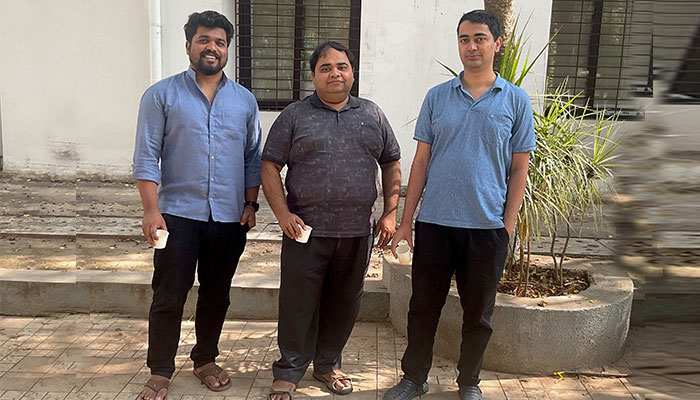
It is a small community in the residential quarters. “We often hang out, listen to music, or watch movies together in the evenings. But it is the kids who have the most fun. I hardly see our daughter at home! They are jumping and playing around,” remarks Subhadip. During the COVID lockdown, the campus ran a community kitchen together, “It was really nice because everyone supported each other at such a depressing time”.
A reader at heart
Subhadip grew up in Sonarpur, a suburb of Kolkata. “I had a humble upbringing but a happy childhood.” His father worked at Punjab National Bank, and his mother was a homemaker. “They had the biggest impact on me. They encouraged me to explore things I liked. I used to wake up by 3 am. My mother sat beside me, explaining things when I got stuck. My father introduced me to the fun of mathematics.” He got his reading habit from his mother. “We read everything. As a child, I mostly read Bangla literature. Now, it is from Scandinavian detectives to world sci-fi, comics, and nonfiction with interesting ideas. I have a library of about two thousand books at home and am very proud of it,” smiles Subhadip, who enjoys good movies, whether Bangla, Malayalam, or world cinema.
He studied at Harinavi DVAS High School, an old government-aided school near home. Numerous famous people have been associated with it. For example, Bibhutibhushan Bandyopadhyay, the author of Pather Panchali (later made into a movie by Satyajit Ray), was a teacher there and Salil Chowdhury was a student. He credits his teachers for his love of science and literature and for instilling values. “They were strict, but loved us, taught us to appreciate people.” He went on to complete his B.Sc. in Physics (2001) from Kolkata’s Dinabandhu Andrews College.
“Music is life”
Subhadip is a music buff, “Music has been my life for as long as I can remember. I listened to songs and music from cassettes and records.” His father exposed him to Rabindrasangeet, other Bangla songs, and instrumental composers like Ananda Shankar. Later, in Kanpur, he discovered the internet, which exposed him to a much bigger world of music. “The harmonic patterns in Western Music, especially classical music, hooked me, and I have been listening ever since. I listen to all kinds— from Bach to Arvo Pärt, from gypsy music to electronic. I look for beauty and ideas.”
He plays the keyboard. Since 2017, he has been posting some original music pieces that he makes with his friends and family on their YouTube channel, Hoichoi (meaning having fun together in Bangla). He makes the music, and his wife, Kavita, makes the videos. “These are all amateurish efforts. I have never had any training. Laltu-da and Indranil wrote some of the lyrics. Some of our friends sang those songs, and we recorded them on a laptop and a camera. But the main thing was the fun that we had together.”
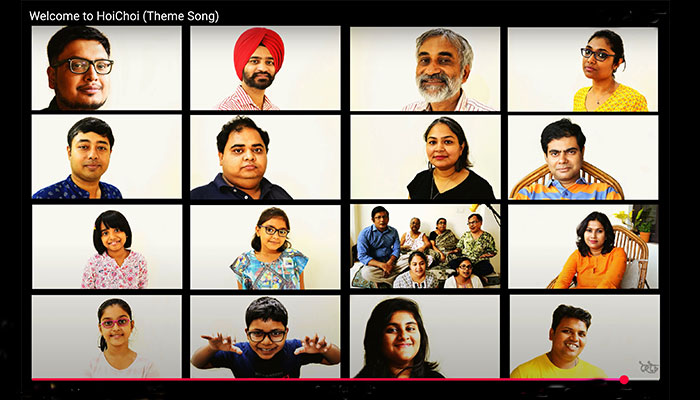
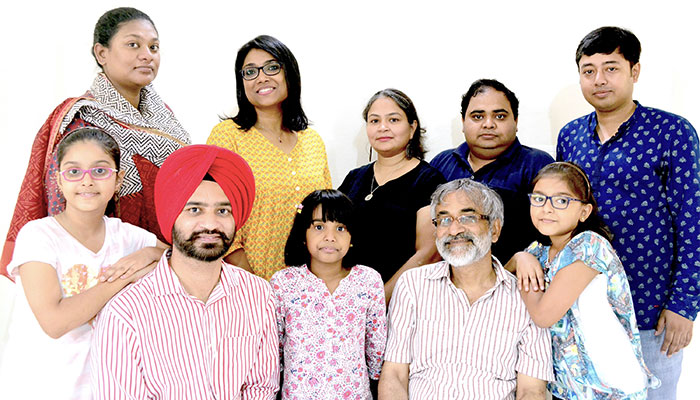
Science as art
“I try to find beauty in the simple things I do, whether listening to music, working on research problems, reading, or discussing with my students. For me, doing good science is more like an art than a mechanical process,” says Subhadip, who is also an art aficionado. He fondly remembers the museums in Paris. “Seeing a Monet from close changes you. I remember the excitement of walking through the gardens of the Palace of Versailles or visiting the Louvre for the first time!” He cherishes the interactions he has had in different parts of the world. “Throughout my postdoc time, we made a lot of new friends and were fortunate with people, especially the landlords! In Chennai, our landlady taught us how to cook in the Chennai style, and we picked up some French cooking from the landlady in Paris. They were an elderly couple who showed us much affection. The landlord was a connoisseur of wine who spent hours with us discussing music, politics, wine, and cheese.”
Exciting work on the cards
The associate professor teaches introductory and advanced topics in Physics. “I try to see physics from an information-theoretic point of view,” says Subhadip. “I feel there is a deep connection, deeper than what we normally assume, that I would love to understand. Working with peers and students, thinking about particle physics, quantum theory, entanglement in field theory, and the nature of reality are the things I look forward to. I think we are in an interesting place at IIIT Hyderabad”.
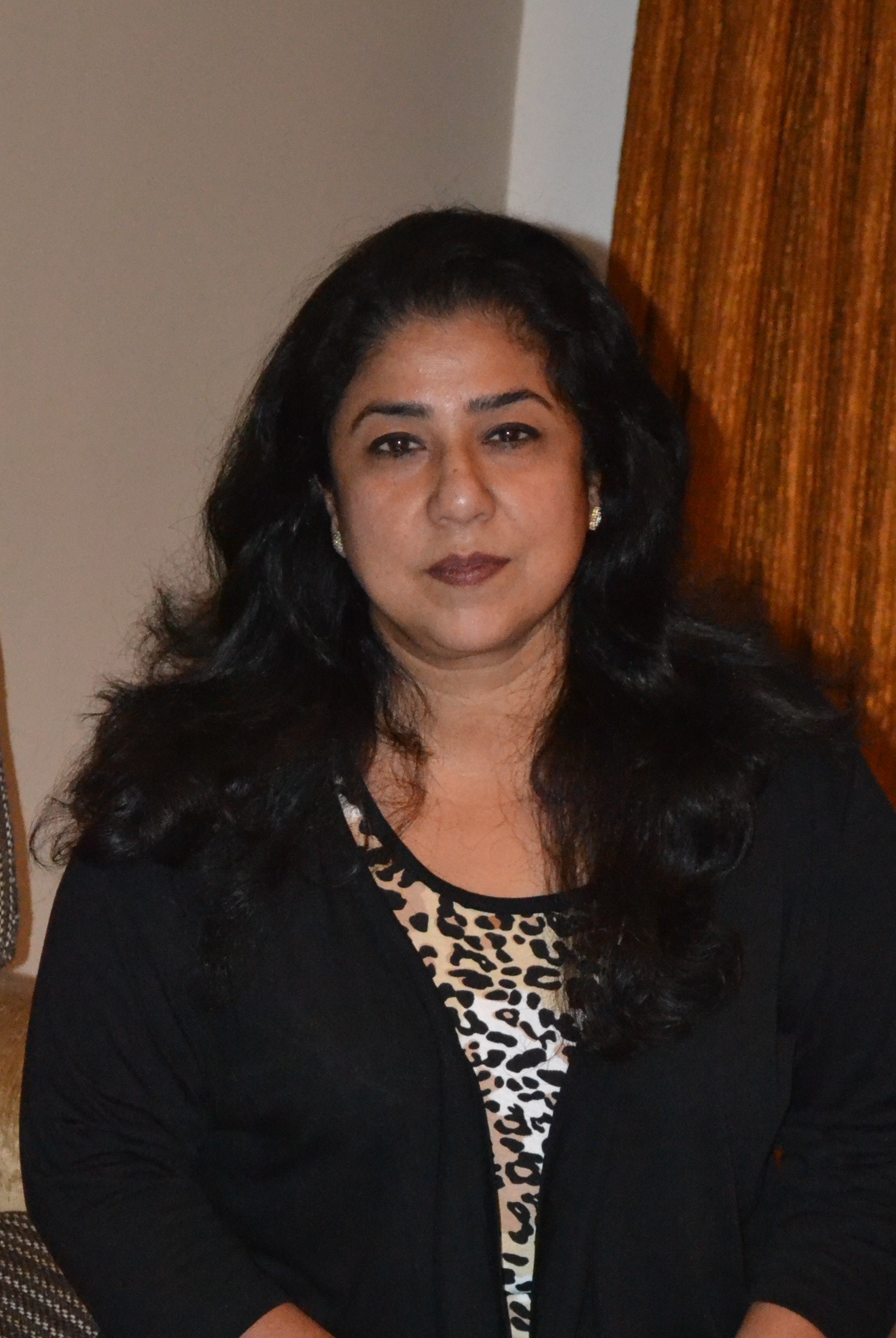
Deepa Shailendra is a freelance writer for interior design publications; an irreverent blogger, consultant editor and author of two coffee table books. A social entrepreneur who believes that we are the harbingers of the transformation and can bring the change to better our world.
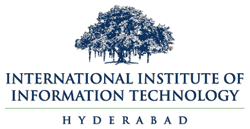
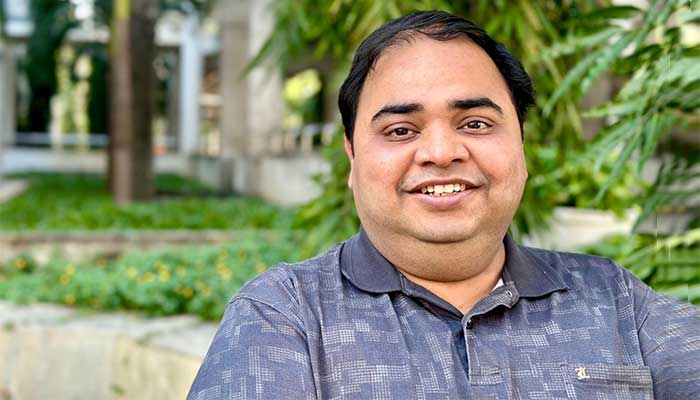
Next post